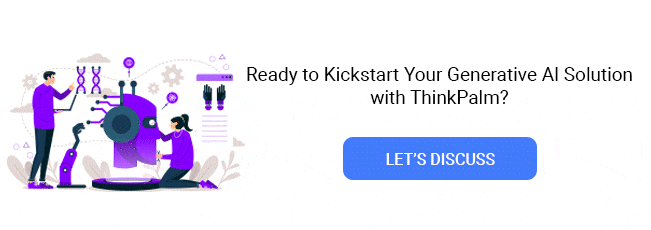In 2025, Generative AI models have become impressively advanced, shaping original texts, visuals, and stories. On top of all, their innovation will push the boundaries of creativity to new heights, transforming the whole AI landscape.
Now, take a look at this captivating image below. Isn’t it stunning?

Surprisingly, it’s not a masterpiece by a renowned artist or a snapshot from space. On the contrary, this image was actually generated using Midjourney, a unique AI program that crafts visuals based on written descriptions.
As we saw, the reasons for the excitement surrounding generative AI is growing are evident, with Gartner highlighting it as a game-changing technology in their recent report.
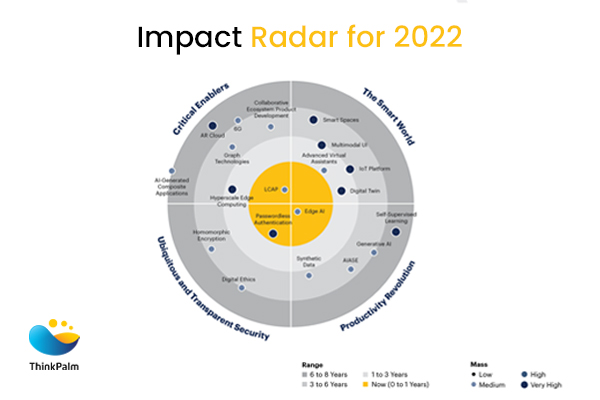
On top of all, the demand for generative AI products could bring in $280 billion in new software revenue, says Bloomberg Intelligence. Statista’s Insights on Generative AI market says it will reach $207 billion by 2030, growing annually at 24.40%.
Given these predictions, it’s crucial to understand what generative AI is, how it works, its practical uses across different fields, and last but not least, the top generative AI models to watch out for in 2025. Let’s dive in.
Generative AI is an advanced form of artificial intelligence that can create diverse content such as text, images, audio, and synthetic data.
Moreover, its recent surge in popularity is due to the user-friendly interfaces that make it easy to generate high-quality text, graphics, and videos quickly.
Also, Generative AI models are powerful platforms that produce diverse outputs by leveraging extensive training data, neural networks, deep learning structures, and user prompts.
Therefore, these models can generate images, convert text into visual outputs, produce speech and audio, craft original video content, and synthesize data.
So, we can call it Generative AI models, which are the engine behind the scenes. They use large datasets and intelligent algorithms to create images, text, audio, and videos. While there are numerous AI tools available, these models quietly power them.
Generative AI operates by receiving a prompt, which can be text, image, video, or other inputs. Then, using various AI algorithms, it generates new content in response to the prompt. This content can range from essays to solutions to realistic simulations based on images or audio.
Initially, using generative AI required complex processes like submitting data through APIs and programming in languages like Python. However, advancements in the field have led to more user-friendly experiences.
Now, users can simply describe their request in plain language. Additionally, they can provide feedback on the style and tone of the generated content to further customize the results.
Imagine a generative model trained on a dataset of cat images. When prompted, it can create new cat images by sampling from what it has learned. Then comes the refining stage, known as “inference.”
During inference, the model tweaks its output to make it more accurate or to fix any mistakes. This fine-tuning process ensures that the generated images look more realistic and closely match what the user wants to see.
I’ve grouped Generative AI Models into three main types: Text, Image, and Code Generative AI. Each type has its own focus and purpose, catering to different tasks and industries. By looking into these categories, you can better grasp the wide range of applications and abilities of generative AI in 2025.
Let’s start with Text-Generative AI models, which are incredibly useful in various domains, whether you’re a designer, developer, or working in any other field.
CTRL (Conditional Transformer Language Model) is a cutting-edge model developed by Salesforce Research. Built upon the Transformer architecture, known for its effectiveness in natural language processing, CTRL introduces the groundbreaking ability to condition the model on specific control codes. These control codes enable users to direct text generation towards particular topics, styles, or tones, making CTRL a conditional language model.
Examples: CTRL can generate text in specific styles or tones based on user commands.
Applications:
Benefits: It offers flexibility in generating text styles and tones and is suitable for various artistic purposes.
Key Features:
OpenAI’s Pre-trained Transformer 3 (GPT-3) is the latest iteration in the GPT series, leveraging the Transformer design to create a powerful autoregressive language model.
Examples: Expected to excel in tasks involving natural language generation.
Applications: Widely applicable in both generating and understanding natural language.
Advantages: Enhanced efficiency and potential innovations in language modeling.
The Text-To-Text Transfer Transformer (T5) is a groundbreaking language model architecture developed by Google researchers, as detailed in the paper “Exploring the Limits of Transfer Learning with a Unified Text-to-Text Transformer” by Colin Raffel and colleagues.
Examples: T5 excels in various tasks such as question-answering, translation, and summarization.
Applications:
Benefits: Simplifies the training process for multiple NLP applications with its unified text-to-text architecture, facilitating adaptation to different tasks.
Key Features:
Now, let’s delve into some remarkable Image Generative AI models that are gaining popularity in 2025.
StyleGAN, short for Style Generative Adversarial Network, is a standout model designed for creating images. It’s an upgraded version of the original GAN (Generative Adversarial Network) and is famous for producing high-quality and realistic synthetic images.

Examples: StyleGAN excels in generating photorealistic faces and images with a remarkable degree of diversity and creativity.
Applications:
Benefits: Capable of generating high-resolution, aesthetically pleasing photographs with realistic details.
Key Features:
Pix2Pix, short for “Image-to-Image Translation with Conditional Adversarial Networks,” is a deep learning model crafted for image translation purposes. It’s adept at converting black-and-white photos into color and translating satellite images into maps, among other tasks.
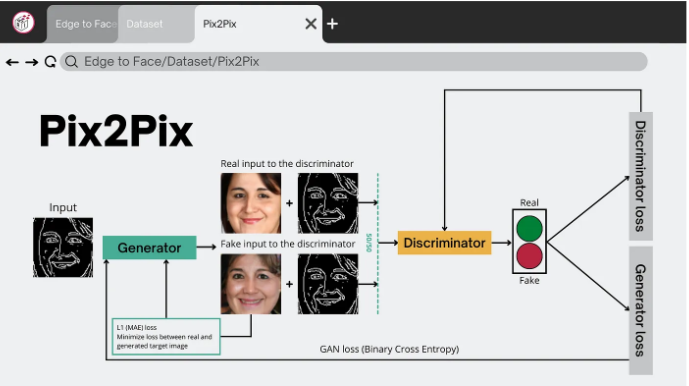
Examples:
Applications:
Advantages: Conditional image generation proves beneficial in scenarios where input-output relationships are well-defined.
Key Features:
DeepDream, created by Google, is a computer vision program that adds a surreal and distinctive touch to images using deep neural networks. Originally meant for visualizing patterns learned by convolutional neural networks (CNNs) during image recognition training, DeepDream has become well-known for generating visually captivating and abstract images.
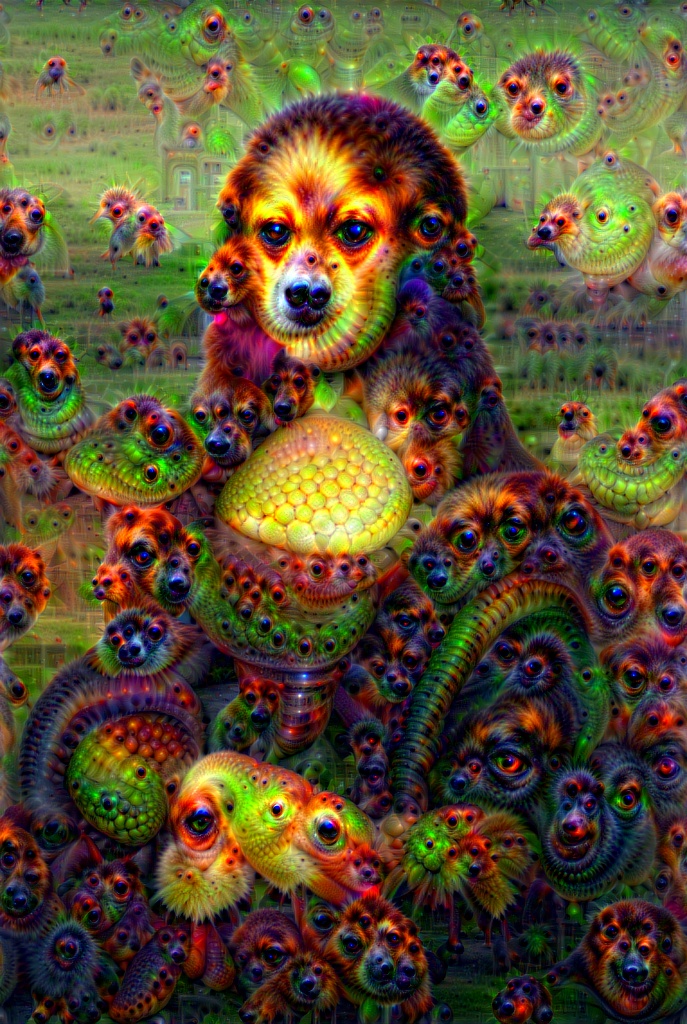
Examples: Adding intricate details and patterns to photos to create creative and surreal effects.
Applications:
Benefits: Enhances patterns in input photographs, resulting in visually captivating and distinctive outputs.
Key Features:
In the final segment, let’s explore code-generative AI, where coding becomes remarkably simplified and intriguing with AI intervention.
GitHub Copilot is a collaborative project between GitHub and OpenAI, aiming to assist developers with code completion using AI. It integrates with popular code editors, offering context-aware suggestions and completing lines or blocks of code as developers type. This tool enhances coding productivity, reduces error rates, and facilitates learning and collaboration.
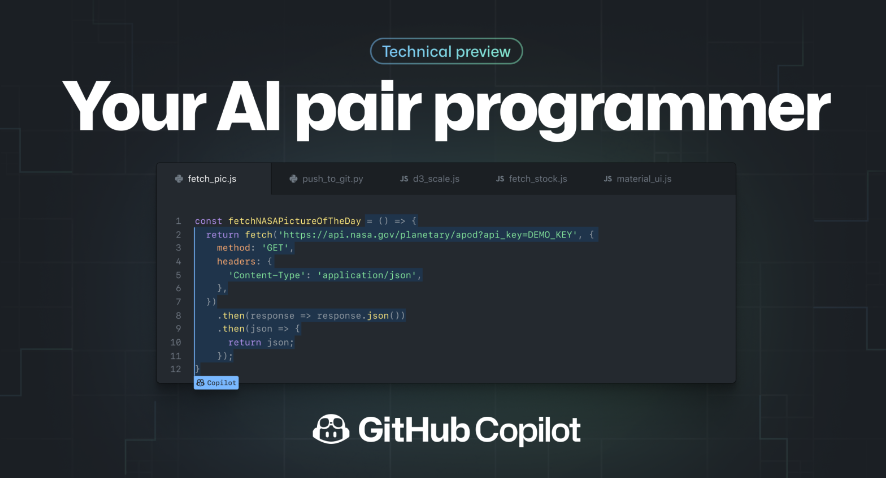
Examples: GitHub Copilot suggests and completes code lines or blocks based on the developer’s context.
Applications:
Benefits: Offers real-time coding support and seamless integration with code editors.
Key Features:
CoNaLa is both a dataset and a challenge focusing on the interaction between code and natural language. It aims to develop methods and models for generating code from natural language descriptions, bridging the gap between programming and natural language understanding.
Examples: CoNaLa models aim to generate code fragments based on natural language descriptions.
Applications: Advances research on code generation from natural language, leading to the development of more efficient models.
Benefits: Encourages research on interpreting and generating code that mimics human-like natural language.
Key Features:
Bayou is a deep learning model designed to provide code snippets for API usage based on natural language queries. It uses machine learning techniques to understand user questions and generate code snippets accordingly.
Examples: Bayou generates code snippets in response to natural language queries about API usage.
Applications: This tool helps developers effectively find and utilize APIs by offering code samples based on queries.
Benefits: Accelerates program development by automating the creation of code snippets for API usage.
Key Features:
If you’re a business owner and don’t know where to invest in Generative AI, check out the Gartner Impact Radar for Generative AI.
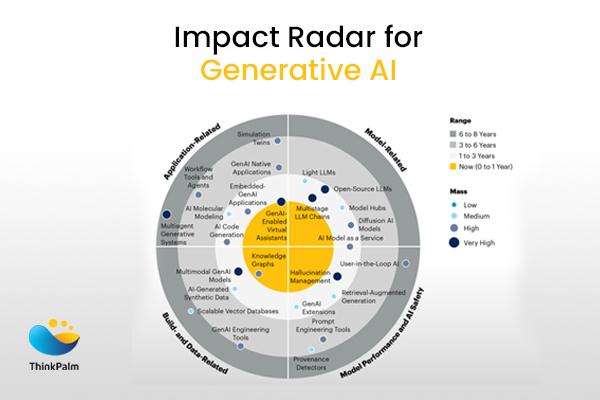
What are the generative AI trends in 2025?
By 2025, generative AI will harness multimodality, making natural interactions more immersive and enriching for users. This advancement enables AI assistants to understand and respond to data in multiple formats, enhancing their sophistication.
What is the best generative AI right now?
Several notable generative AI models have captured attention, including OpenAI’s GPT series (like GPT-3), NVIDIA’s StyleGAN and StyleGAN2 for image generation, and DeepMind’s WaveNet for speech synthesis. Each model specializes in different aspects of generative tasks, offering varying effectiveness depending on the specific requirements of the task.
What is the most used generative AI?
DALL-E 2. DALL-E 2 is the latest version of OpenAI’s image and art generation model. It surpasses its predecessor, DALL-E, by generating superior and more photorealistic images. DALL-E 2 adeptly fulfills user requests, creating images tailored to specific requirements.
In conclusion, the emergence of generative AI models showcases the powerful synergy between human creativity and machine intelligence, unlocking new frontiers of possibility. Each model represents a unique facet of the expansive realm of generative AI, spanning from hyper-realistic visual generation to advanced natural language understanding and generation.
Looking ahead, these models are poised to transcend research labs and make significant impacts across various sectors, including entertainment, design, healthcare, and beyond. As they continue to evolve, the future holds boundless opportunities for their application and innovation.
Do you want to explore more about how ThinkPalm’s AI development services can help your business harness the power of generative AI for innovation and growth? Connect with our AI experts today and book a free discussion.